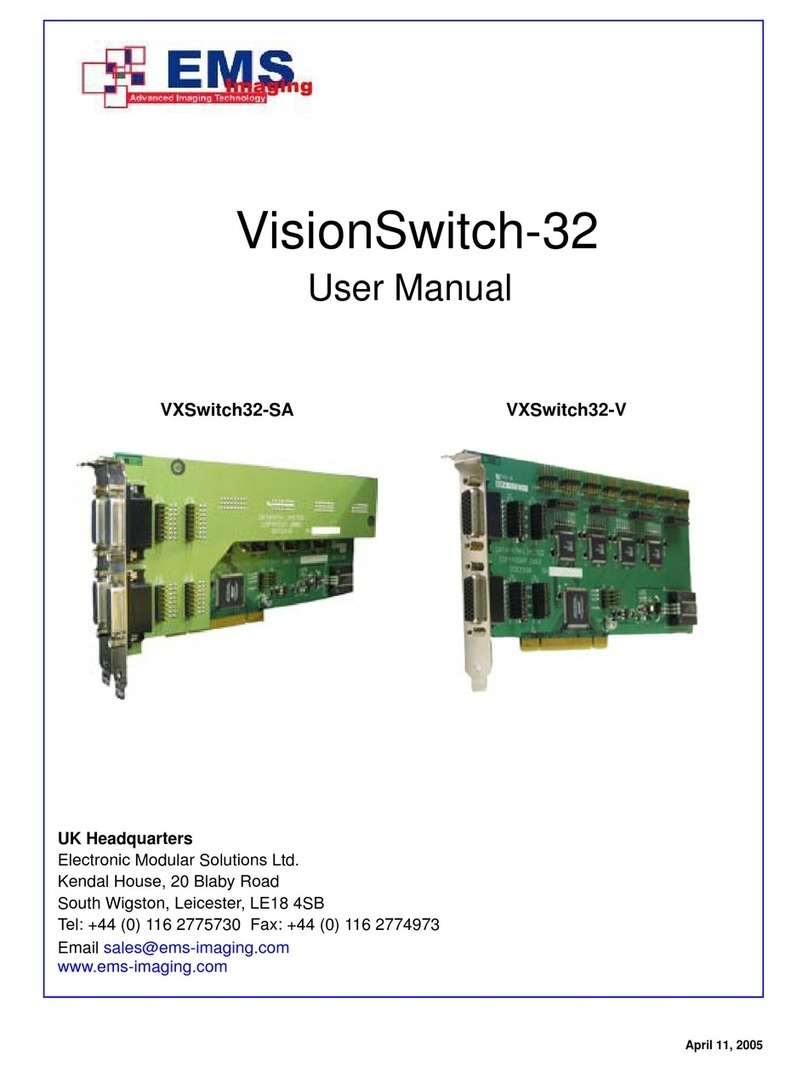
CPCPCI User Manual
1
EMS Dr. Thomas Wünsche
1 Overview
1.1 Attributes
•CAN Interfaces for industrial applications
•Compact size for PCI slots
•CiA DS 102 and ISO 11898 compatible physical layer
•Equipped with up to four CAN controller NXP SJA1000
•Galvanic decoupling between PC and CAN bus (optional)
•Galvanic decoupling between individual CAN channels (optional)
•Easy programming based on direct mapping of CAN controller
registers into PC memory area
•1 and 2 channel versions also available with "low profile" form
factor
•Extended temperature range for "low profile" version
1.2 General Description
CPCPCI is a PCI plugin card for the CAN bus. Designed for
industrial series applications CPCPCI has a robust and cost efficient
layout. CPCPCI supports up to four CAN controller of type NXP
SJA1000.
CPCPCI maps the CAN controller into the PC address space and
thus allows access to CAN messages with low latency. Existing
software for the supported CAN controller can easily be adapted.
With CPCPCI the CAN communication may be handled either in
interrupt controlled or in polled mode.
CPCPCI can optionally be delivered with galvanic decoupling of the
CAN bus. The dual and four channel version has the additional
option of galvanic decoupling between the CAN channels.
For applications with restricted space available, like embedded PCs,
there is also a "low profile" version available.




























